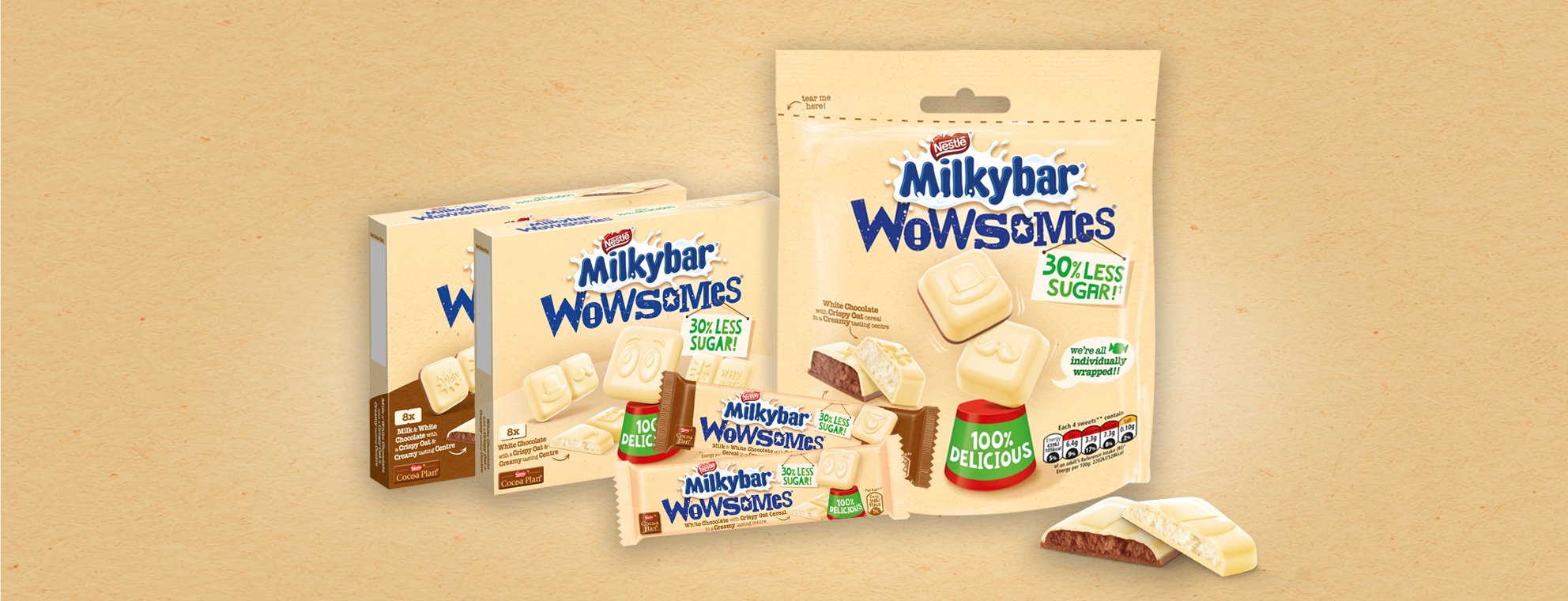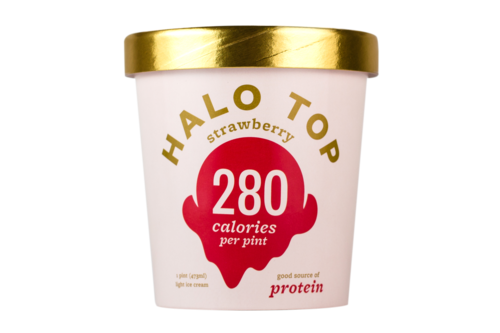Sugar reduction is a hot topic because of the recent sugar tax implemented in the UK and the growing consumer demand for healthier food options. As food manufacturers continue to struggle with maintaining the taste of their products while reducing their sugar content, new technologies are being introduced to assist in the sugar reduction trend. Swedish sugar reduction company, Bayn, has developed a new electronic sensory (e-sensory) technology with the ability to analyze the aroma of reduced-sugar products to determine how food manufacturers can accurately mimic the taste of full-sugar foods.
The e-sensory technology uses gas chromatography to build a database of molecule aroma profiles. Once a database from several samples is formed, manufacturers can then compare and contrast the aroma molecules of both full-sugar and reduced sugar products. This, in turn, allows food companies to identify certain ingredients needed in the reduced-sugar products in order to mimic the aroma of the full-sugar samples.
Bayn’s scientist, Mathias Lundgren, tested out this new technology in an experiment where he tried to mimic the taste of gingerbread. The study involved the use of two gingerbread samples – one that is made with a reduced sugar recipe and one with a full-sugar recipe. The reduced sugar gingerbread was made with Bayn’s Eureba Bakery Blend. Ludwig then compared the sensory profiles of both samples with sensory profile data from ten different Swedish gingerbread cookie manufacturers. The results found that both samples had different aroma profiles and indicated to Lundgren that he needed to add more cinnamon or orange peel to the reduced-sugar gingerbread in order to mimic the sensory profiles of full-sugar gingerbread products.
“To replace sugar is not an easy task for the food industry as sugar is not only added to sweeten, but also plays an important role for texture, taste and color. The use of e-sensory has been shown to be a valuable tool when developing new recipes of food products to match the aroma profiles to the target recipe. Looking at the results from the study I believe that using modern technology, such as e-sensory, can be an excellent and effective tool to reach healthier sugar reduced products,” said Lundgren.
In addition, this e-sensory technology can be used to match the sensory profiles of a variety alternative food products, such as low-fat and high-fibre foods, with their traditional counterparts. Measurements such as color, viscosity, hardness, texture and mouthfeel should also be taken into account when producing healthy food alternatives.
Research from the National Center for Biotechnology Information (NCBI) finds that taste is directly affected by multiple senses. According to the organization, “taste” is perceived not only in the taste buds on the tongue, but also from other senses such as sight, smell, texture and temperature. In fact, the flavor of a food item is only formed in the mind after a person tastes and smells the food. This means that if food manufacturers are able to successfully mimic the sensory profiles of their alternative food products with their unhealthy counterparts, they are more likely to create a product that has a similar taste.
Bayn isn’t the only company offering a sensory solution to foods with reduced ingredients. Knorr offers a line of reduced-salt chicken stock cubes that incorporate the smell and look of chicken stock. Impossible Foods is well known for their bleeding vegan burger that looks, feels and tastes like real meat, according to many consumers. In addition, Salt of the Earth offers a sodium reduction product called Mediterranean Umami, that is able to mimic the umami flavor associated with salty foods in sodium-reduced products.
Sensory experiences resonate with people and allow them to look back at fond memories, feelings and emotions. The right look, smell and texture of a food item can have an immense effect on its taste. Bayn hopes that their e-sensory technology can help food and beverage manufacturers produce more low-sugar, healthier food alternatives with memorable taste experiences.
“E-sensory technology is one of the components that will be used on the cloud platform that Bayn Europe is currently building. Looking at the results from the gingerbread study, we can see that e-sensory can successfully be used to help optimize sugar reduced recipes to be more like full sugar recipes. We are certain that this technology development can shorten the development time and eliminate the risk of uncertainty for food and beverage producers looking to reduce sugar. We will now continue to conduct research using e-sensory on other types of recipes,” said Patrik Edström, CEO Bayn Europe AB.












Join or login to leave a comment
JOIN LOGIN